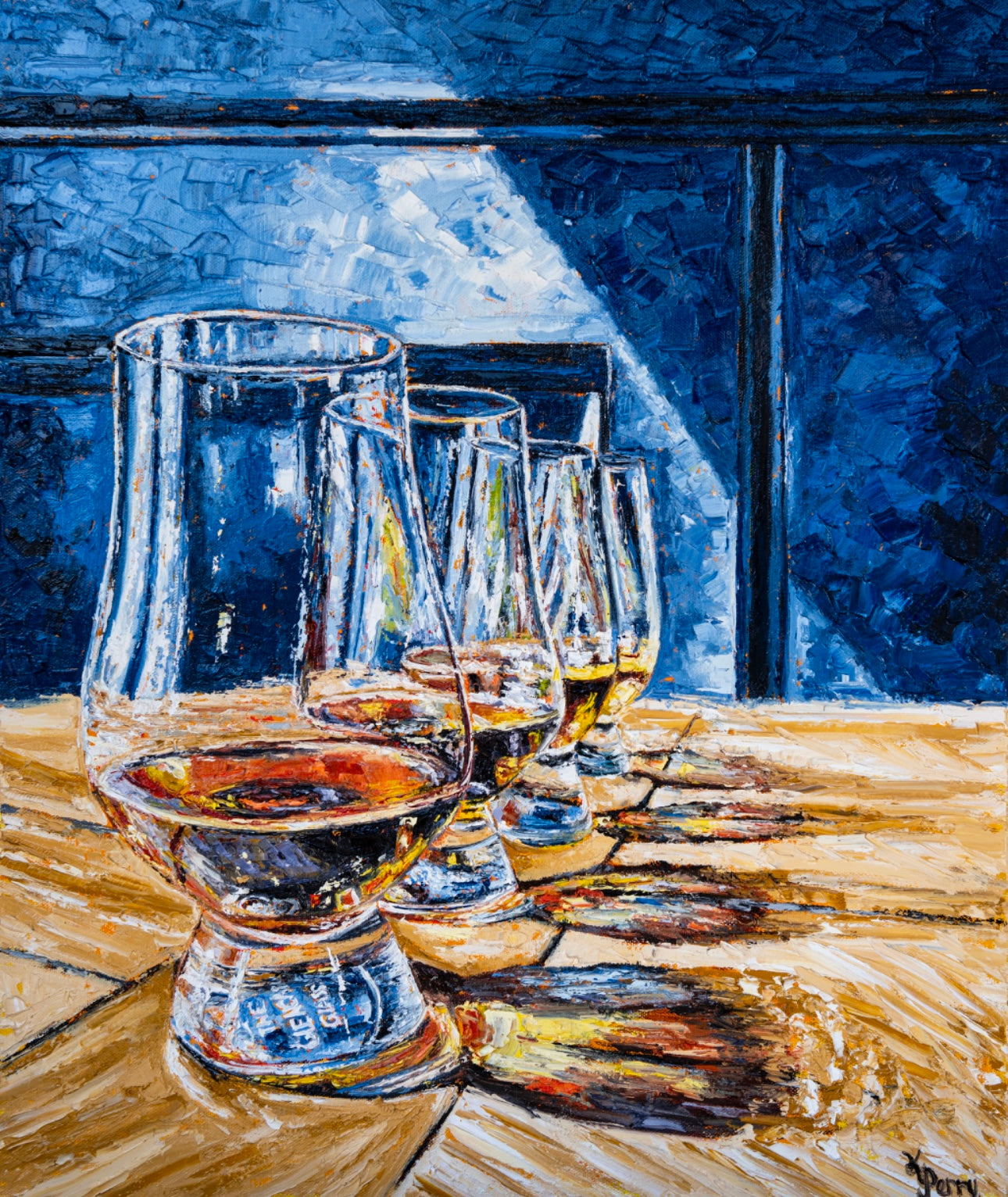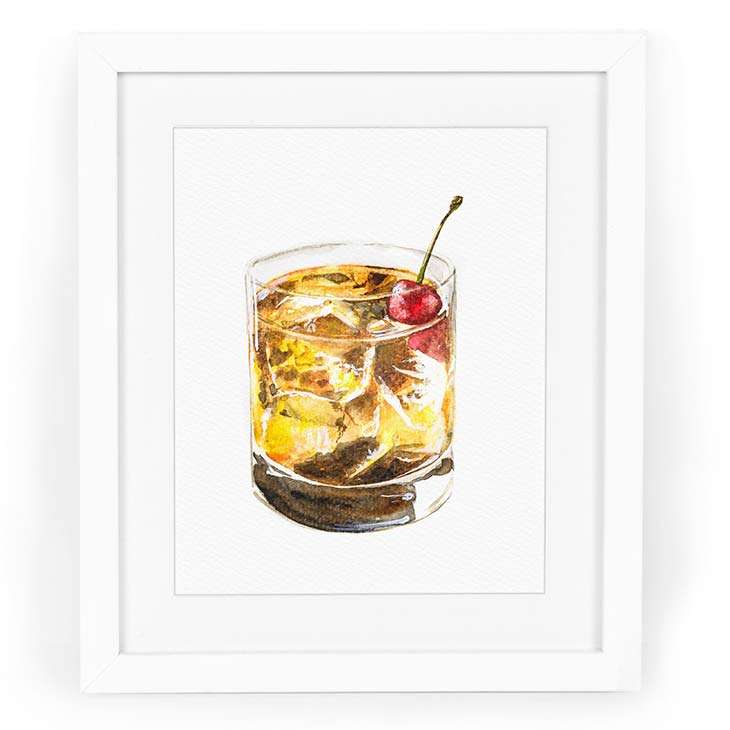The Importance of Whiskey Art in Celebrating Heritage and Workmanship in the Beverage Sector
The detailed partnership in between whiskey art and the celebration of heritage and craftsmanship within the drink sector can not be overstated. With thoughtfully designed containers and tags, whiskey brands encapsulate their historic roots and the artisanal skills that define their production methods.
The Historic Origins of Whiskey
At the heart of whiskey's appeal lies a rich tapestry of historic origins that map back to old worlds. The origins of bourbon can be linked to the purification practices of the Sumerians and Babylonians around 2000 BCE, where early forms of fermented grain beverages started to emerge. However, it remained in the Center Ages that the art of distillation developed substantially, specifically in Ireland and Scotland, bring about the production of bourbon as we understand it today.
The term "bourbon" itself originates from the Gaelic word "uisce beatha," indicating "water of life." This phrase underscores the social relevance of whiskey in Celtic cultures, where it was typically connected with routines, celebrations, and common bonding. By the 15th century, distillation became an identified craft within monastic areas, leading the method for the establishment of lawful distilleries.
As profession paths broadened, bourbon's appeal expanded, transcending regional boundaries and recording the interest of connoisseurs worldwide. Realism Art. This historic journey shows not just the craftsmanship behind scotch production but likewise its essential duty in social and social contexts, marking it as a substantial beverage throughout background
Artistic Expression in Branding
Whiskey branding stands as a compelling intersection of creativity and commerce, where visual identity plays an essential function in shaping customer perception. The visual appeals of whiskey labels, packaging, and advertising materials show not only the brand name's story but also its core values and heritage. Via imaginative expression, distilleries communicate a narrative that resonates with consumers, evoking emotions and stimulating links.
The use of color, typography, and imagery in branding offers to set apart items in a saturated market. For instance, conventional themes might stimulate a sense of authenticity and workmanship, while modern styles can indicate development and forward-thinking. This calculated imaginative instructions boosts brand name acknowledgment and loyalty, permitting consumers to forge a personal connection with the whiskey they pick.
Moreover, artistic expression in branding usually works as an event of regional heritage. Distilleries frequently incorporate neighborhood signs or historic recommendations into their styles, producing a local color that welcomes customers to participate in a broader social experience. Ultimately, the virtuosity behind bourbon branding not only boosts aesthetic allure but additionally enhances the general narrative of the brand name, promoting a deeper admiration for the craftsmanship and heritage ingrained in each container.
Workmanship in Container Style
The artistry obvious in scotch branding prolongs beyond visual identification to incorporate the craftsmanship involved in bottle design. Each bottle serves as a vessel not just for the spirit within, yet also for the story it tells concerning its quality, custom, and beginning. The layout process calls for careful focus to detail, as elements such as closure, material, and shape add considerably to the overall understanding of the scotch.
Craftsmanship in bottle design entails picking top quality glass that can enhance the scotch's color and quality, while also supplying a tactile experience for the consumer. The shape of the bottle should be both aesthetically appealing and functional, usually reflecting the heritage of the brand. Many distilleries go with unique shapes or printed logos that evoke a sense of authenticity and background.
Moreover, the tag design and typography play a crucial duty in connecting the brand's story. Realism Art. A well-crafted bottle not only astounds the customer's eye but additionally reinforces the brand's commitment to high quality and tradition. In this way, the click here for more info craftsmanship of container design becomes a crucial facet of the bourbon experience, combining virtuosity with a profound respect for heritage
Social Significance of Scotch Art
Celebrating tradition and craftsmanship, the social relevance of scotch art goes beyond mere aesthetics, intertwining with the historic and social narratives of the areas from which it originates. Each bottle works as a canvas, illustrating the one-of-a-kind stories, mythology, and customs that have shaped local whiskey-making methods. The elaborate styles usually reflect the heritage of the distillers, including icons and concepts that resonate with the society and values of their neighborhoods.

Additionally, whiskey art plays an important duty in common gatherings and parties, working as a concrete web link between individuals and their shared experiences. By appreciating the creativity in scotch product packaging, customers grow a deeper understanding and regard for the craft, ultimately enriching their pleasure of the beverage itself.
Modern Trends in Whiskey Discussion
In current see post years, the discussion of whiskey has advanced to mirror contemporary tastes and fads while still honoring typical workmanship - Whiskey Art. Distilleries are significantly concentrating on visual elements that improve the total alcohol consumption experience, connecting the gap between heritage and modernity
Innovative bottle designs have Going Here emerged, typically integrating sustainable materials and imaginative labels that tell compelling stories. Lots of brand names now collaborate with local artists, infusing their items with one-of-a-kind aesthetic expressions that reverberate with consumers. In addition, limited-edition releases are typically packaged in collectible containers, including value and allure for connoisseurs.

Final Thought
In verdict, whiskey art offers as an essential avenue for expressing the heritage and workmanship fundamental in the drink market. With intricate branding, innovative bottle layouts, and culturally substantial artistic elements, whiskey brand names effectively honor their practices and attach with consumers.


Workmanship in container style involves selecting top notch glass that can boost the whiskey's color and clearness, while likewise giving a tactile experience for the customer. In this way, the craftsmanship of bottle style ends up being a crucial aspect of the scotch experience, merging artistry with a profound respect for heritage.
In final thought, scotch art offers as a crucial avenue for expressing the heritage and craftsmanship fundamental in the drink industry.